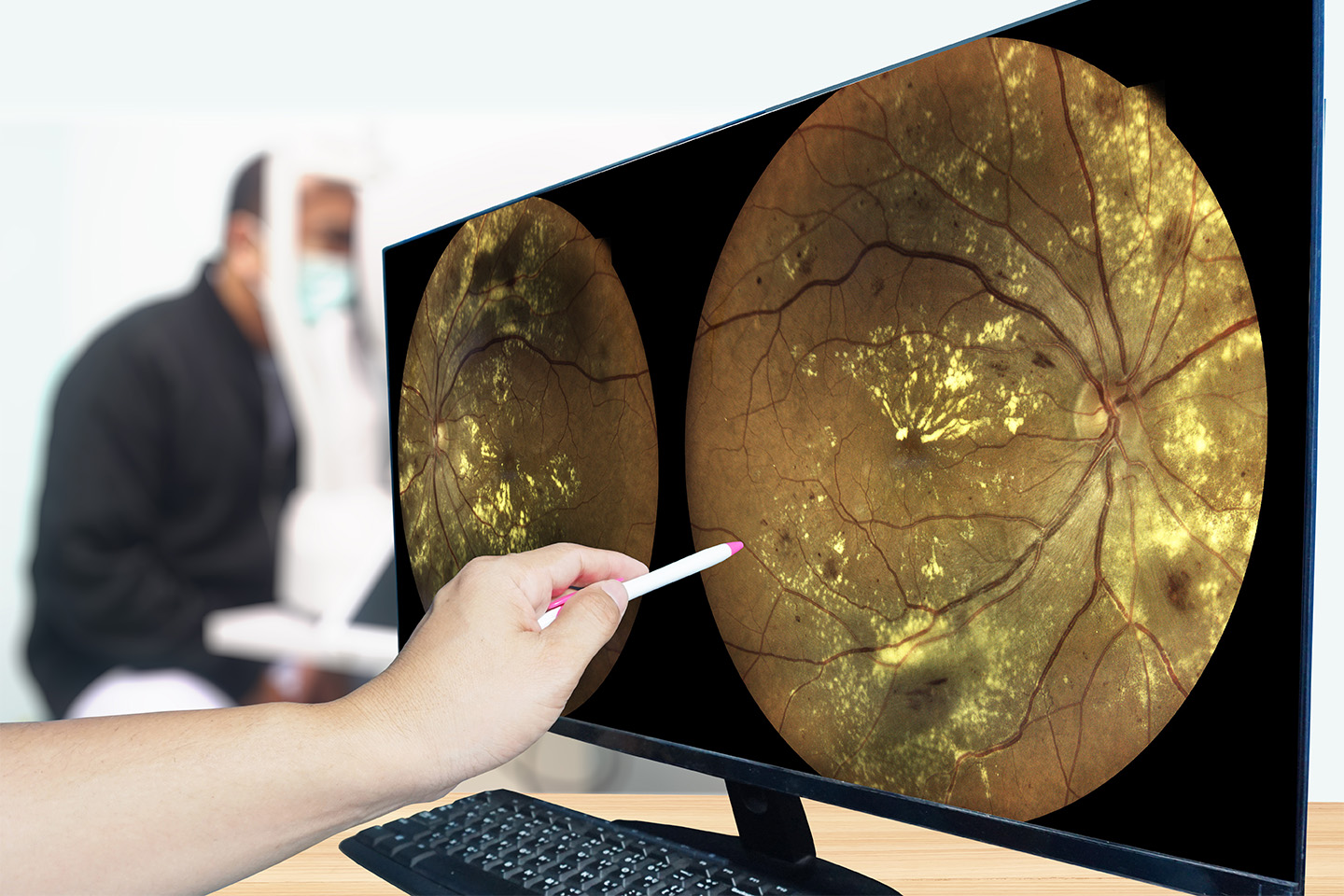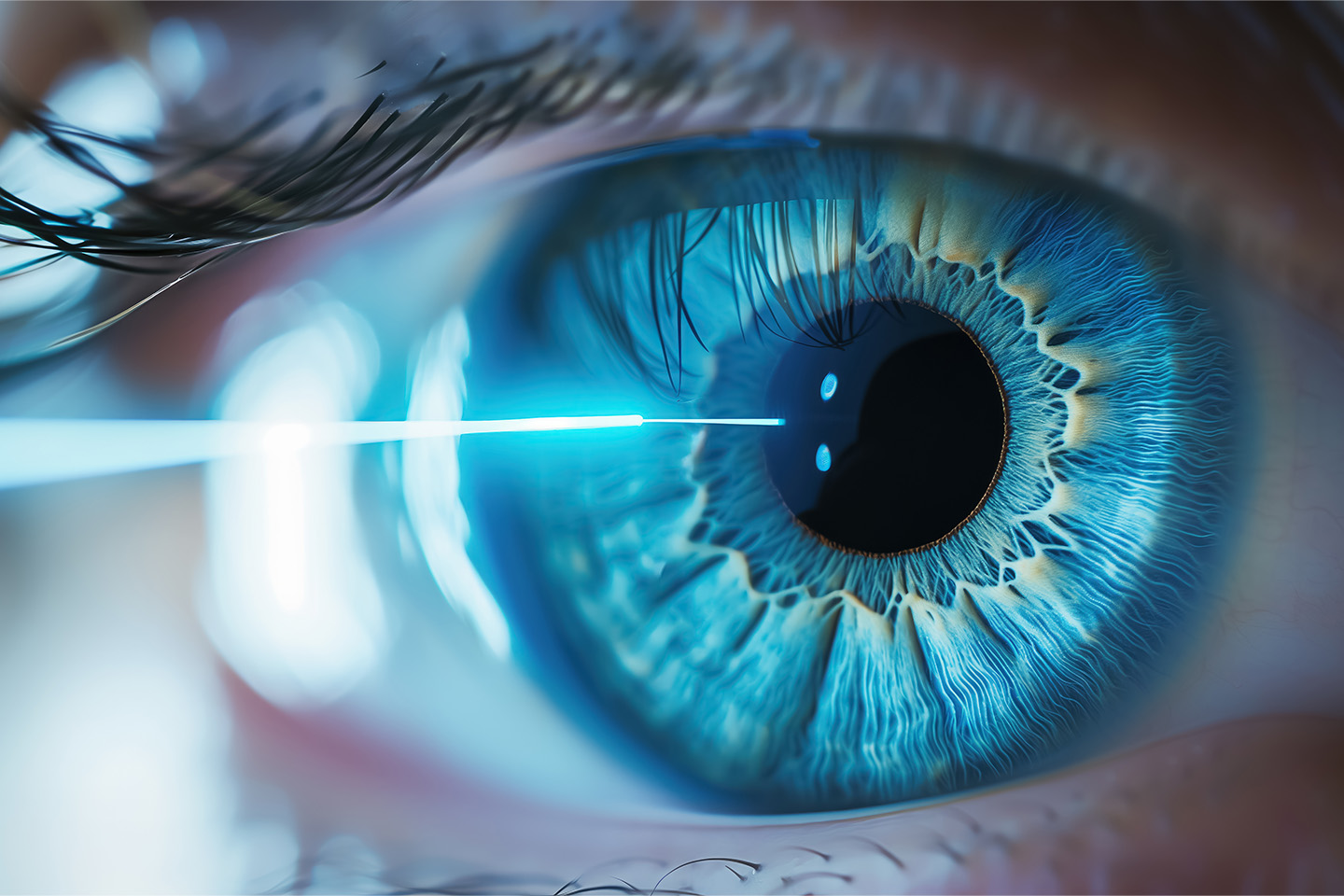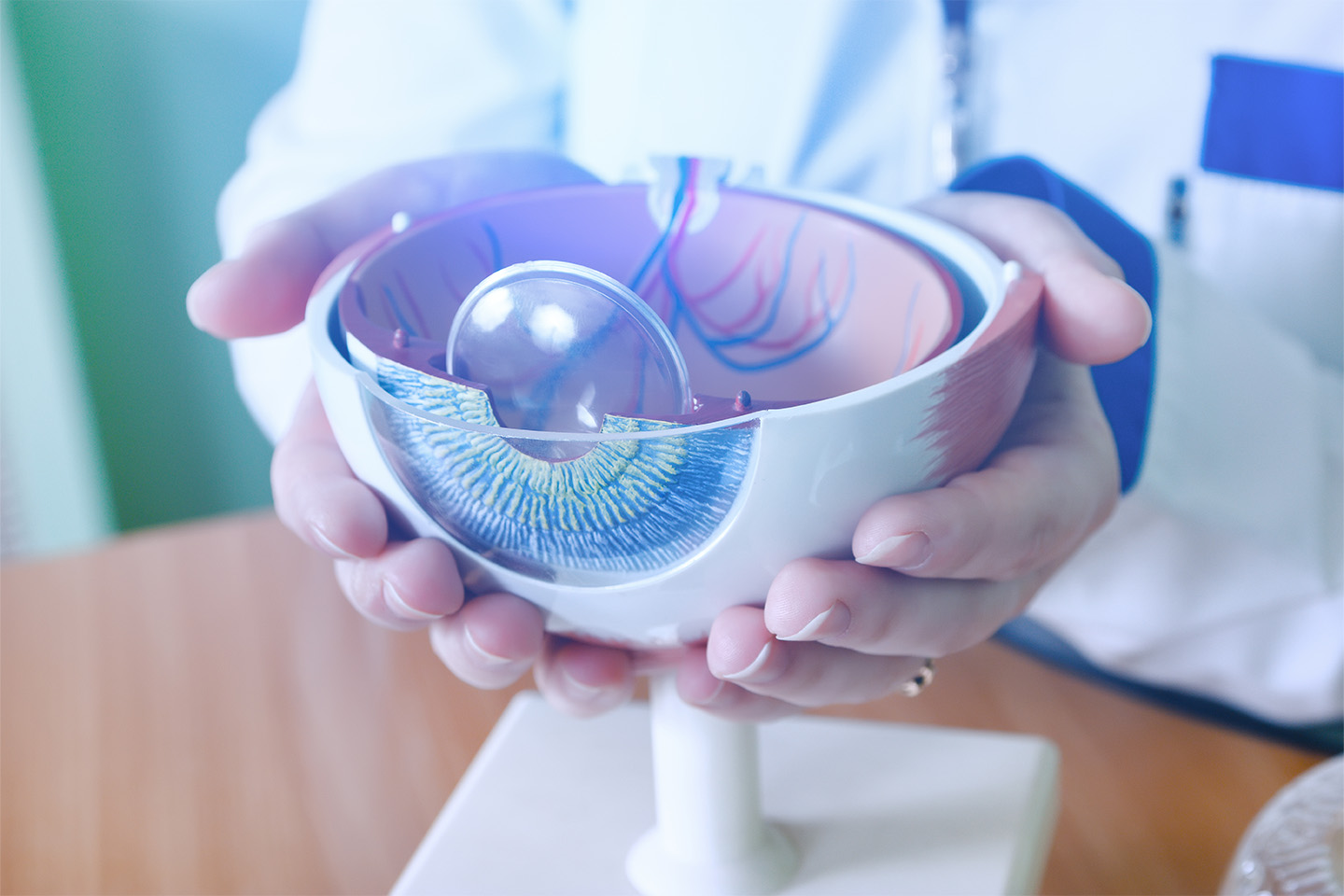Do Your Eyes Look Different After Cataract Surgery?

It’s common for our vision to change as we age. For millions of adults over age 40, cataracts are often the culprit when it comes to blurry or double vision. Cataract surgery is a safe and effective procedure that can restore your vision — generally with only minimal, temporary side effects and no permanent change to your eye’s natural appearance.
What Happens During Cataract Surgery?
Each eye has a natural, flexible lens located behind the iris, which is the colored part of the eye. The lens refracts light rays entering the eye, helping to focus the light and create a clear, crisp image. A cataract is a cloudy lens. It develops when proteins in your eye’s natural lens, called crystallins, begin to break down with age and cluster together. This results in blurry or hazy vision, increased light sensitivity, diminished night vision, yellowing of colors, and other symptoms of vision impairment.
During cataract surgery, the surgeon administers a local anesthesia and replaces the clouded lens with an artificial intraocular lens (IOL) made of silicone, acrylic, or plastic. Different surgical techniques allow for options to best meet your unique needs and often take no longer than 20 minutes. Most surgeries use a process called phacoemulsification, during which the eye surgeon removes the cataract through a microscopic incision. This procedure eliminates the need for sutures or patches after the surgery.
Seeing Changes After Cataract Surgery
Cataract surgery doesn’t affect how your eye physically looks. The color of your iris doesn’t change, and the IOL isn’t visible. You may, however, notice some temporary side effects:
- Slight bruising at the anesthesia injection site, which should fade within a few days.
- Bloodshot or red eye, which is typically caused by inflammation or a broken blood vessel. It generally diminishes within two to three weeks.
- Droopy eyelid is fairly common and occurs most frequently in people whose eyelids swell after surgery. It typically resolves itself without treatment in approximately six months.
Many patients report clear vision immediately after the procedure, but it’s not unusual for an increase in blurred vision or light sensitivity for a short period of time. Other side effects can include dry or scratchy eyes, light glare, or halos. These side effects should also subside as the eye continues to heal, but always call your surgeon immediately with any concerns. Follow your doctor’s instructions carefully and thoroughly to help ensure uncomplicated healing and the best results.
Schedule Your Cataract Surgery Consultation Today
Are you experiencing symptoms that could possibly indicate cataracts? Our cataract self-test can help you determine if it’s time for an evaluation. The team of cataract surgery experts at ICON Eyecare has more than 20 years of experience, and we’re committed to delivering outstanding results using the most advanced technology and the latest IOL options. Request your appointment with us today to begin your journey to clear vision and an improved quality of life.
[DISPLAY_ULTIMATE_SOCIAL_ICONS]








